Hi everyone!
I’ve been writing a couple of posts about how to choose an espresso machine that will fit your needs and what each of the components do. So today I am going to sum up what you need to know about portafilter baskets.
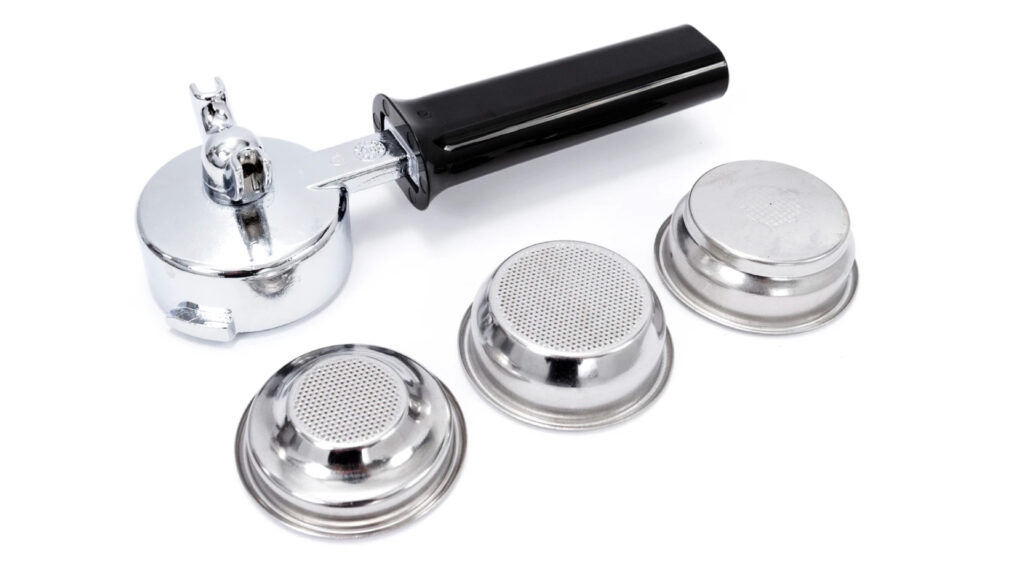
The basket is where the actual extraction of your espresso takes place. It holds the coffee grounds and acts as a metal filter. It seems like a simple and tiny part but it has a profound impact on the quality of the coffee you get.
I will be covering the filling topics.
- Basket sizes
- Pressurized baskets
- Quality differences of baskets
Let’s get started!
Basket sizes
I touched a little bit on this in the portafilter post, but portafilters and baskets have sizes.

The dimension that affects portafilters is the diameter of the basket. This determines what baskets you can use in your portafilter, which essentially is a holder for the basket. 58mm portafilters can hold 58mm baskets.
The 58mm length of a 58mm basket refers to the inner diameter of the basket. That naturally means that the outer diameter of the basket and the inner diameter of the portafilter will be larger.
In recent years the 58mm basket has become the standard size for commercial espresso machines. This is a larger size than it used to be. One reason behind this is that most people prefer double or triple shots of espresso than single shots. To accommodate this larger shots, the basket diameter increased to hold more coffee grounds while keeping the thickness of the puck at an optimal level.
The basket size also needs to consider the depth. As mentioned above, the diameter of the basket you can used is determined by your machine. So if you want to increase the dose, or amount of coffee used, you need to find a larger deeper basket. This size is usually measured as the weight of coffee it can hold in terms of grams.
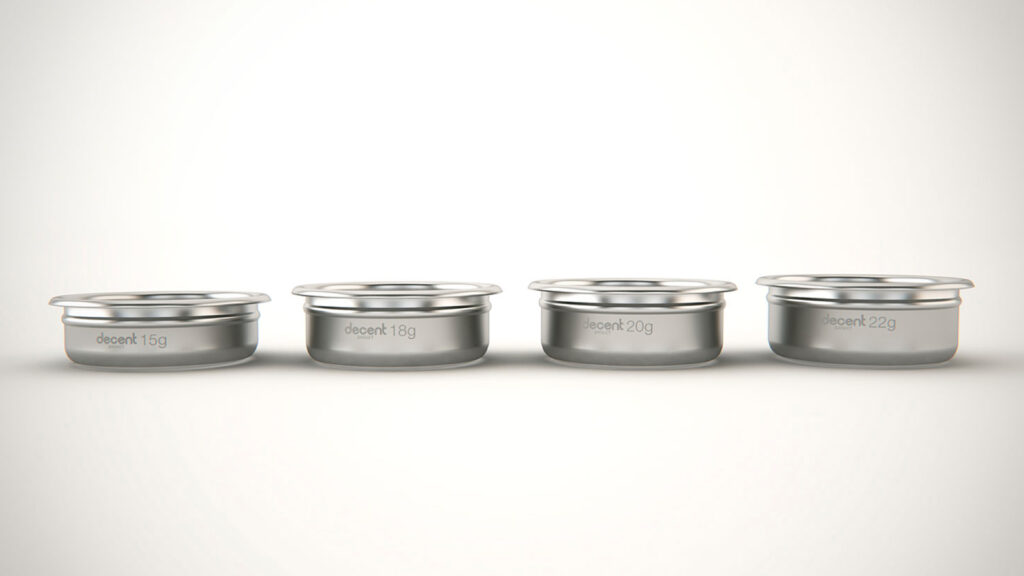
You maybe wondering could you not just have one large basket, and just put in less coffee for smaller doses. Of course you can put in 15g of coffee in to a 22g basket. The issue is that when you have a lot of open space in your basket, more water tends to remain in the basket after the extraction, leading you to have a wet soupy puck. It’s said that this does not affect the extraction but it is far messier to clean up. So it would be better to have a basket that matches your dose if possible.
There is no strict rule on the amount of coffee you use. But as a right guideline, a single shot is around 7g, a double around 14g, and a triple 21g.
For doses around a double shot, the baskets are shaped like a wide cylinder, as in the picture above. For smaller single shot doses, a stepped shape like the picture below is typical. This is to ensure that the puck has sufficient thickness with the small amount of coffee.
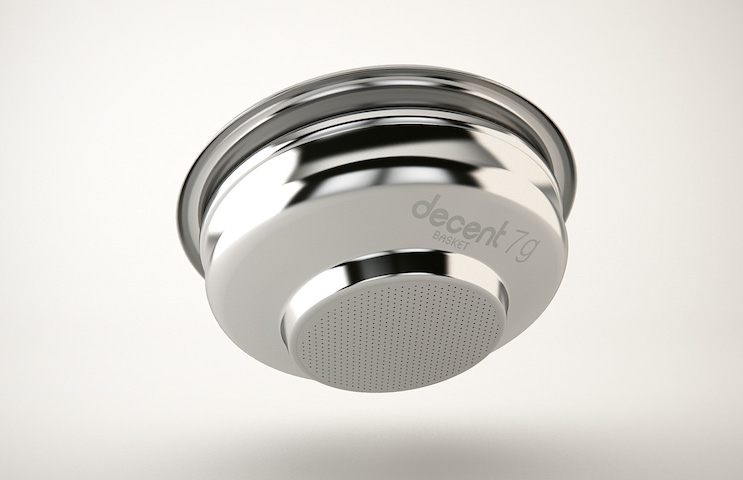
Pressurized Baskets
There are baskets called the pressurized baskets. These are baskets with a single or very few holes on the bottom. In contrast, normal baskets with many holes are referred to as non-pressurized baskets.
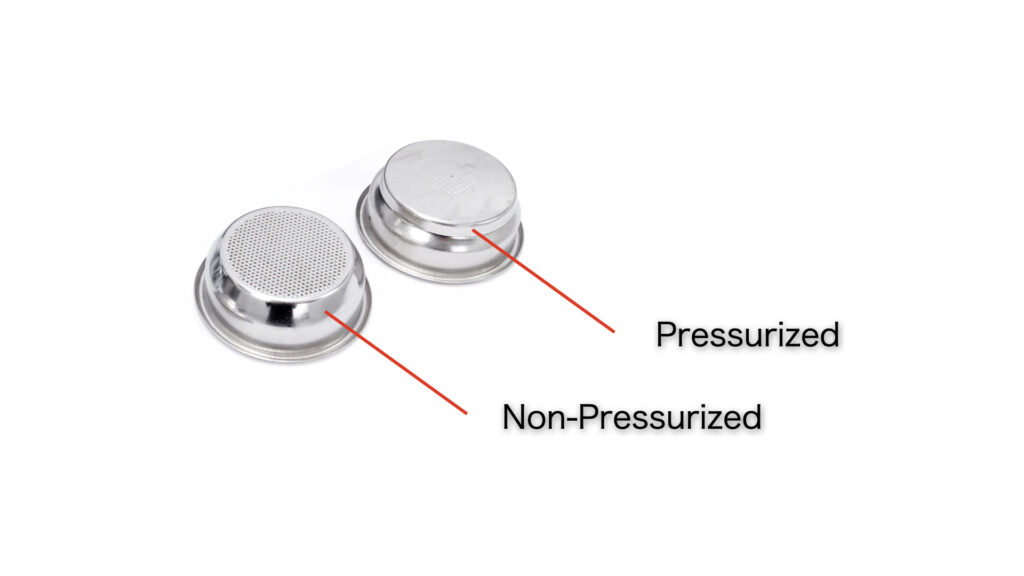
The difference between pressurized and non-pressurized baskets is if the basket itself will provide the resistance to create the pressures. Normal non-pressurized baskets have many holes in them which does not create any resistance for the water flowing through. In this case, the finely ground and tamped puck of coffee acts as the resistance to create the pressure. This allows the pressure to evenly act upon all the coffee enabling extraction of true espresso.
When using non-pressurized baskets, you will need a high precision, high quality grinder which can grind very finely and evenly. If you use coarsely ground store bought coffee, it would have too much gaps in between the grounds and will not be able to provide the resistance necessary to build up the pressure inside the basket. This will end up as a very weak and sad cup of not-espresso.
Pressurized baskets were created for people who do not have high quality grinders but want to get some thing close to espresso. Since pressurized baskets only have one or very few holes, this creates the resistance to build up the pressure inside the basket. So even if you use pre-ground coarse coffee, pressurized coffee will get you an espresso like drink. It will even have crema.
But, pressurized baskets are a workaround, and cannot produce true espresso. For that you need to use a non-pressurized basket with a good grinder.
Quality differences of baskets
When you purchase an espresso machine, you will typically get a couple of cheep baskets included with the machine. On the other hand, you can also buy more expensive (like $40) baskets, which are called precision baskets.
So what makes the difference? The key difference is the precision of the holes in the basket.

This is a picture of a mid quality basket. You can observe that the size of the holes are not consistent. You can find worse quality baskets where some holes are not even properly cut through.
Why is this a big deal? Well, having a tiny hole compared to other places will increase the resistance of the coffee puck in that area. This will cause the water to divert away from this area. This causes the grounds above this tiny hole to be under-extracted, and it may lead to channeling in other parts where the extra water had to escape to.
A high quality basket with uniform holes will provide uniform resistance across the entire puck, increasing your change of getting a better cup of espresso.
A very famous manufacturer of precision baskets is VST. They even attach a quality report documenting the hole size measurements of each and every basket.
High precision baskets may prove to be an important tool in getting consistent shots every time.


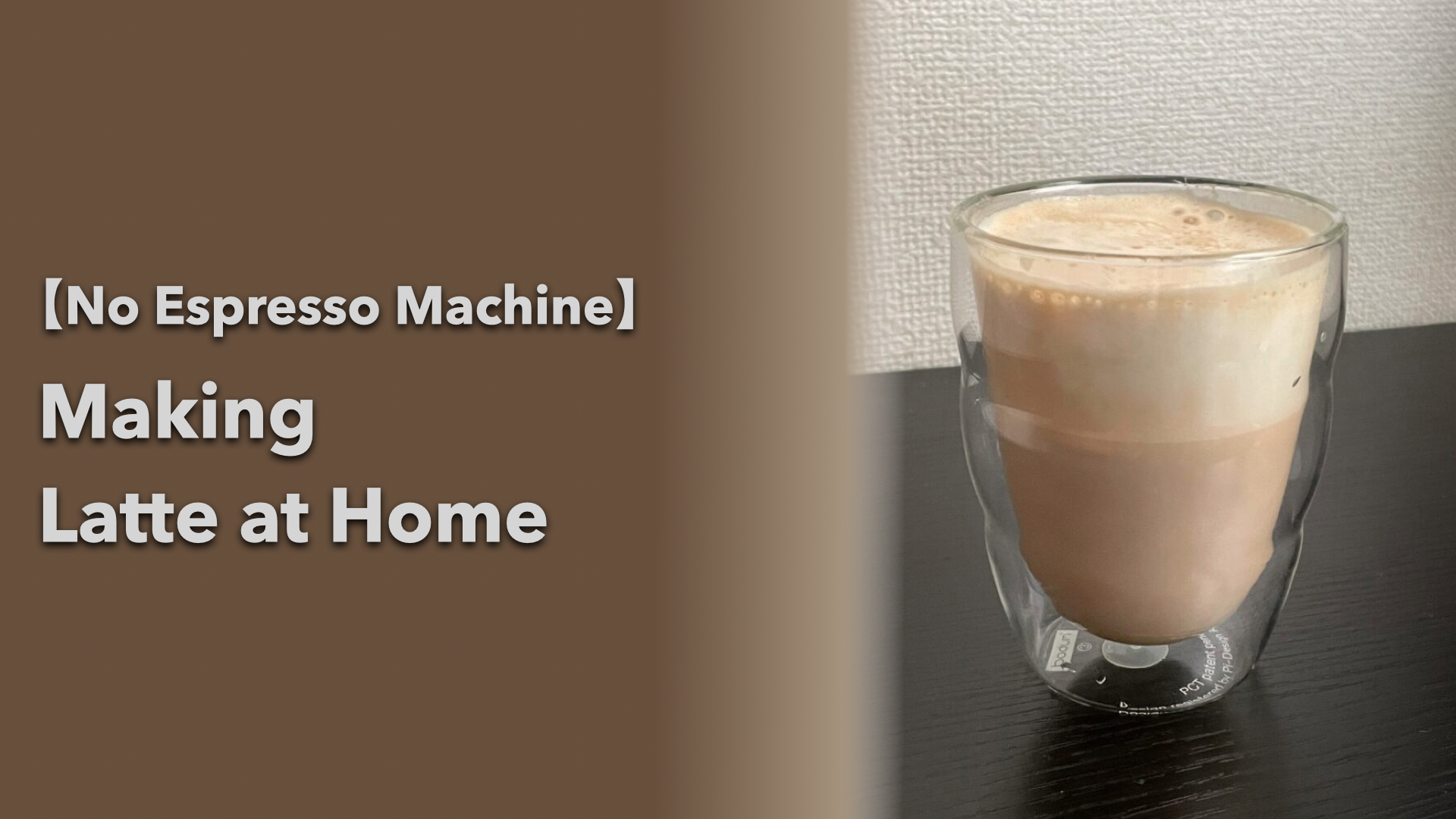
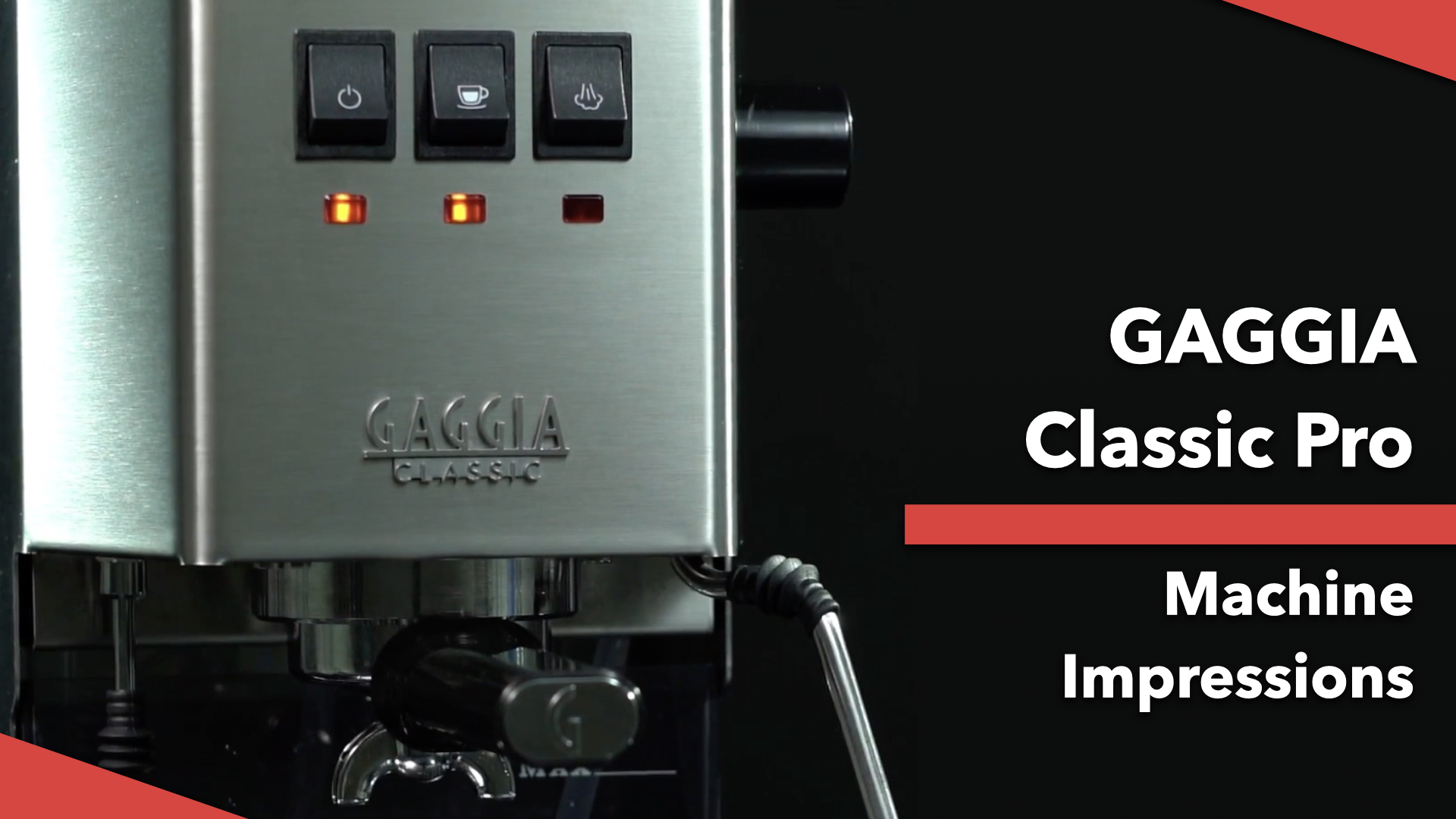
コメント